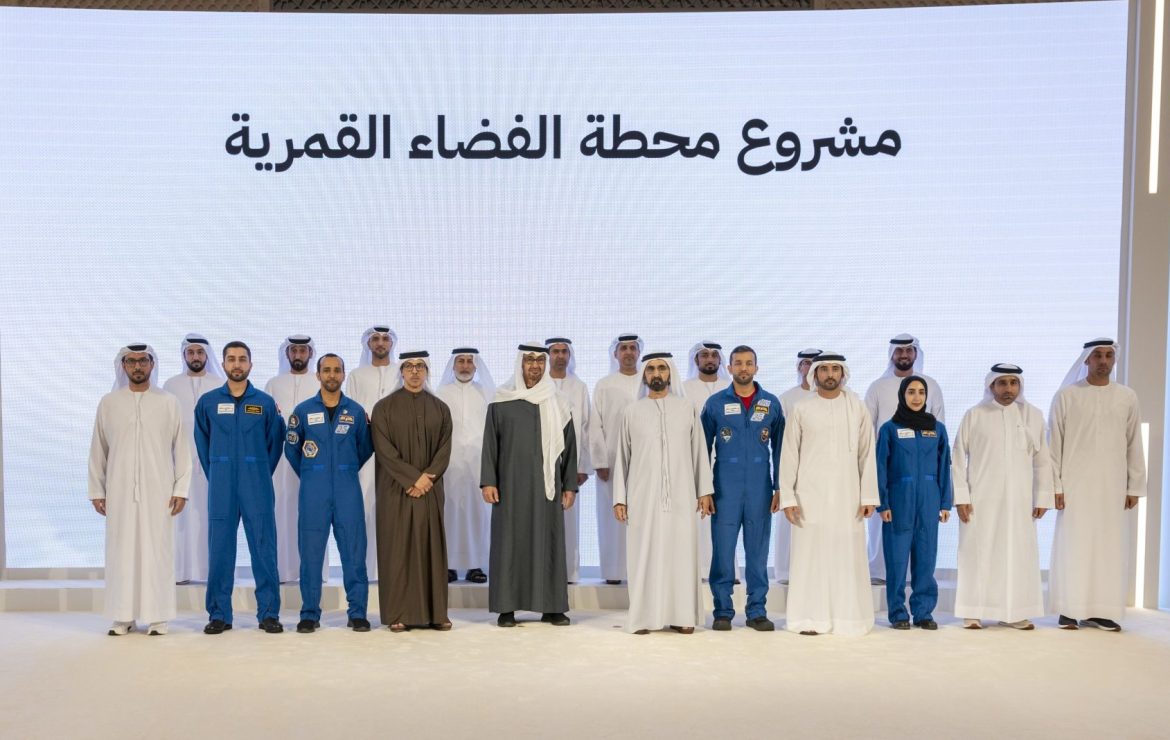The United Arab Emirates kicked off 2024 by adding a significant achievement to its space endeavours. The UAE announced its participation in the Lunar Gateway space station project alongside the United States, Japan, Canada, and the European Union.
This affirms the UAE’s commitment to build upon its previous successes in space exploration through a series of ambitious programs and space missions, reinforcing its leadership in this field.
The UAE’s inclusion in this prominent global project reflects its eagerness to develop and activate mechanisms of international cooperation in space, serving humanity and contributing to progress and prosperity.
Moreover, it highlights the trust in national talents and their ability to play influential roles in challenging and sophisticated scientific projects of global significance.
This project aims to return mankind to the moon after an absence of over fifty years. Moreover, it involves landing on its surface and establishing a base for future missions to Mars.
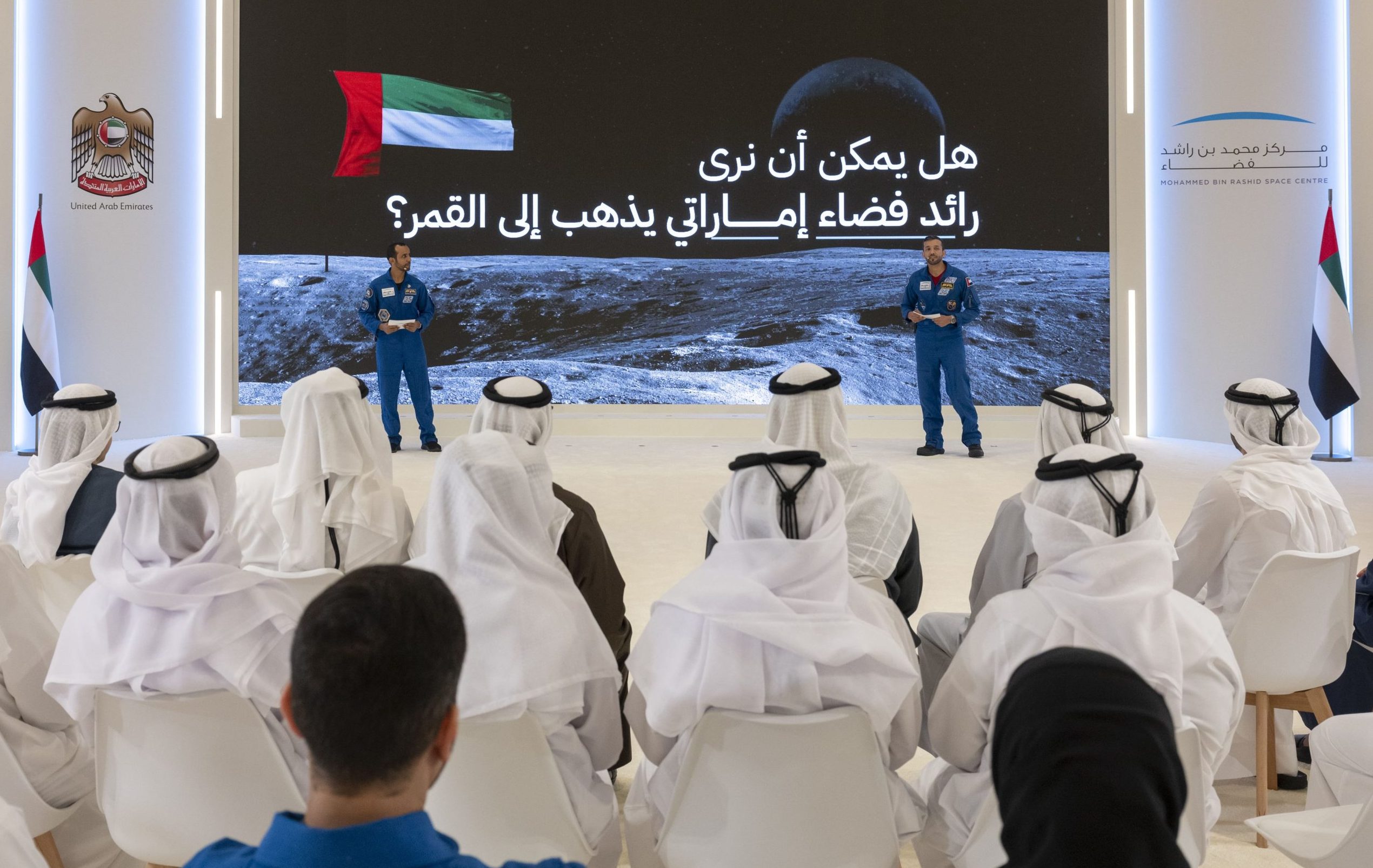
The UAE will be responsible for operating the pressure equalization unit of the station for a potentially extendable period of up to 15 years.
This will enable the UAE to have a permanent seat and scientific contributions in the largest lunar and space exploration program.
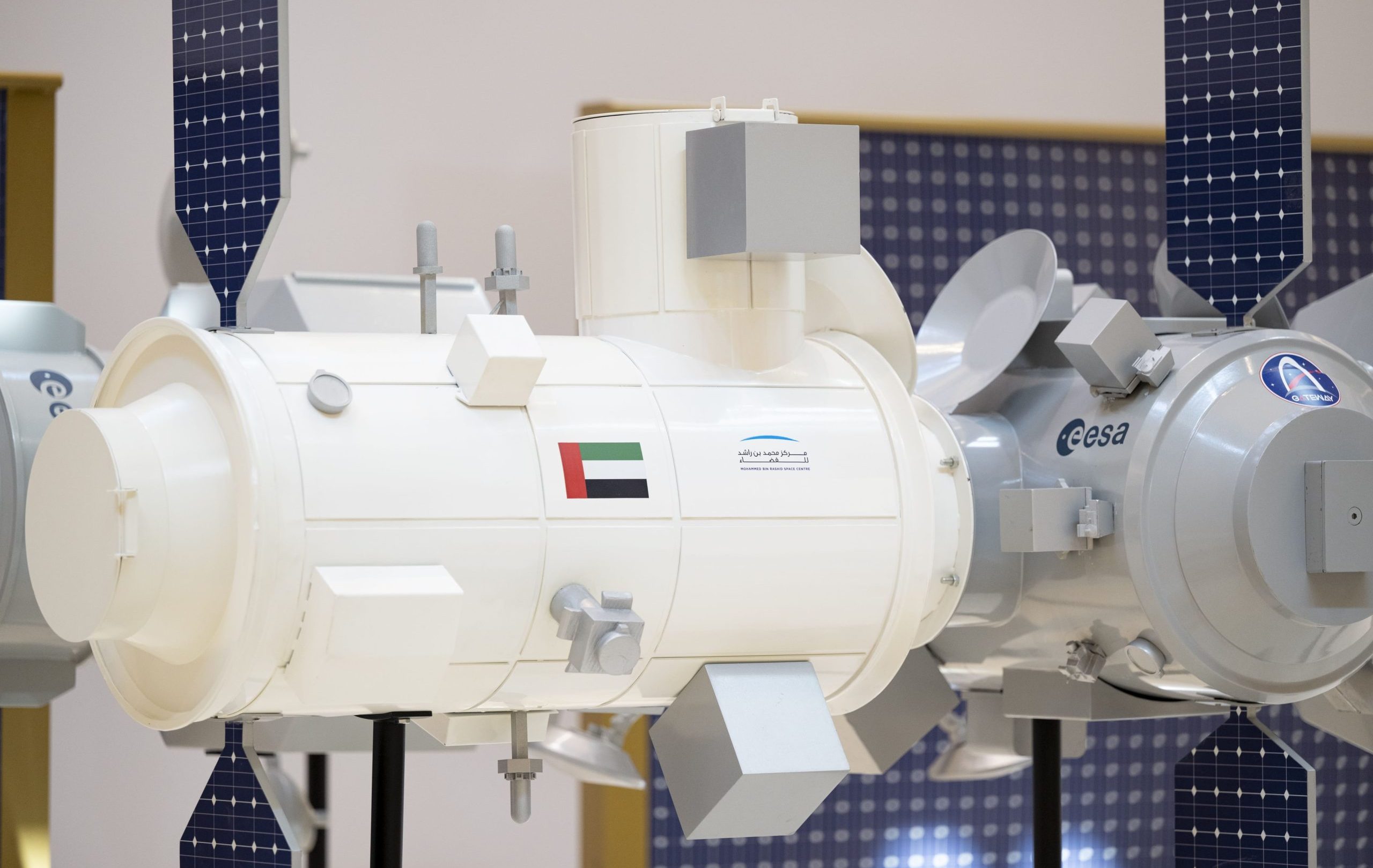
Moreover, it will be among the first countries to send an astronaut to explore the moon. The UAE will also have priority access to the scientific and engineering data provided by the station, enhancing its knowledge.
The UAE’s interest in lunar exploration and surface landing dates back to September 2020 when it announced the first Arab scientific mission to explore the moon.
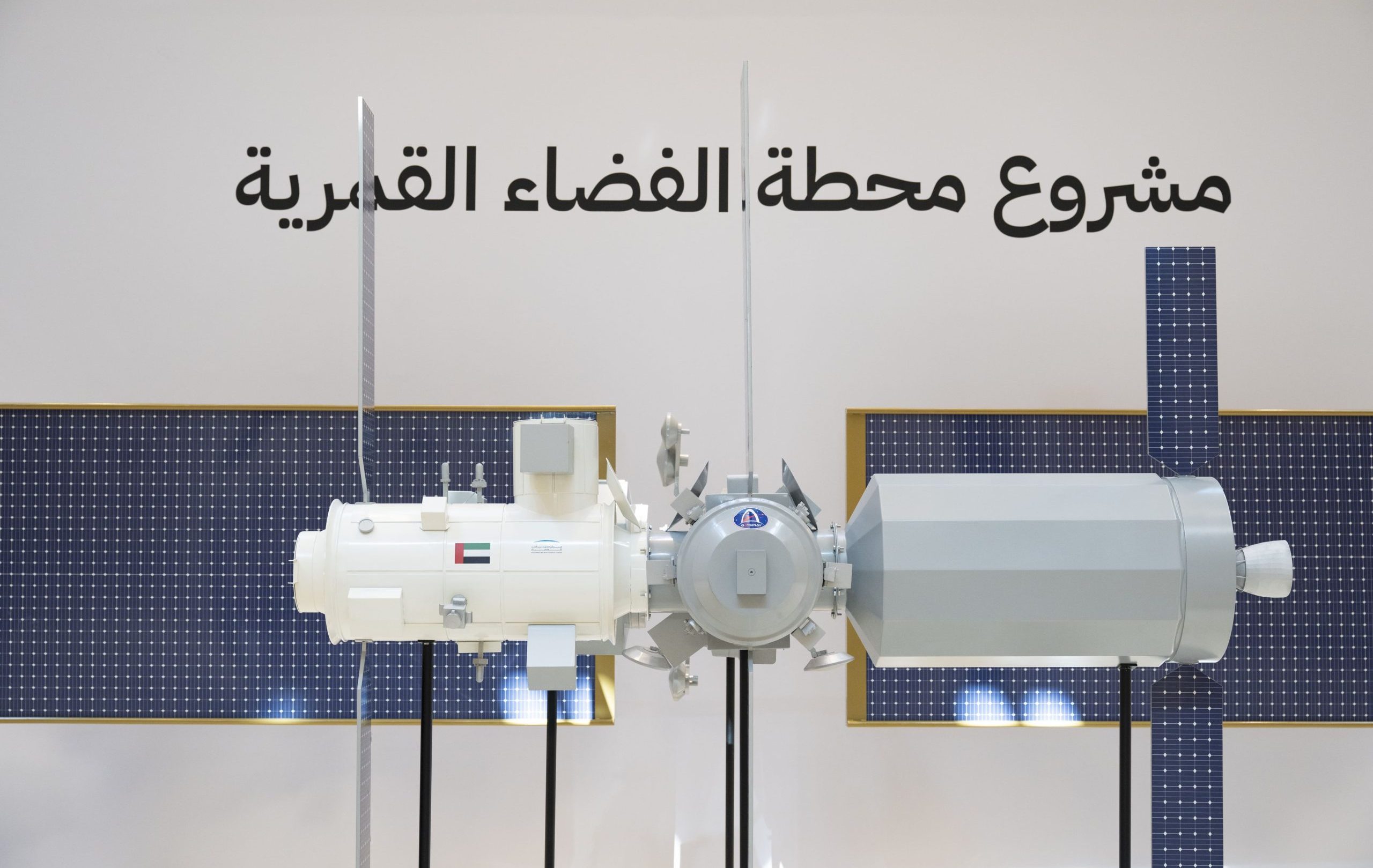
This was realized through the development and launch of the first Emirati lunar rover named ‘Rashid,’ which successfully reached lunar orbit in April 2023 and approached the lunar surface before losing contact.
Rashid 2
Undeterred by setbacks, the UAE promptly announced a new mission for the Mohammed Bin Rashid Space Centre to explore the moon, named ‘Rashid 2.’ This decision followed the success of designing and building the ‘Rashid 1’ explorer, which became the first Emirati and Arab rover to reach lunar orbit before attempting the descent.
Throughout the current year, the UAE aims to achieve more goals in the space sector, which has become one of its strategic areas for development.
This includes research, scientific missions, manufacturing, capacity building, and specialized capabilities.
Moreover, The UAE seeks to increase the contribution of the private sector in this field by encouraging both domestic and foreign investment in the aerospace industry and attracting global space companies.
MBZ-SAT
The UAE is scheduled to launch the ‘MBZ-SAT’ this year, the second satellite developed and built entirely by a team of Emirati engineers after ‘KhalifaSAT.’
Leveraging advanced technologies, MBZ-SAT is expected to provide highly sophisticated services, allowing users to automatically and autonomously request specific images and receive them directly and rapidly, 24/7, without human intervention.
Moreover, MBZ-SAT is one of the most advanced satellites in the world and the 4th satellite designed to monitor the Earth.
Emirati Astronauts
Emirati astronauts Mohammed Al Mulla and Nora Al Matrooshi are completing their training this year, graduating to be ready for missions. They are part of the second batch of the UAE Astronaut Program, selected along with ten astronauts from NASA as part of the 2021 NASA Astronaut Candidate Class.
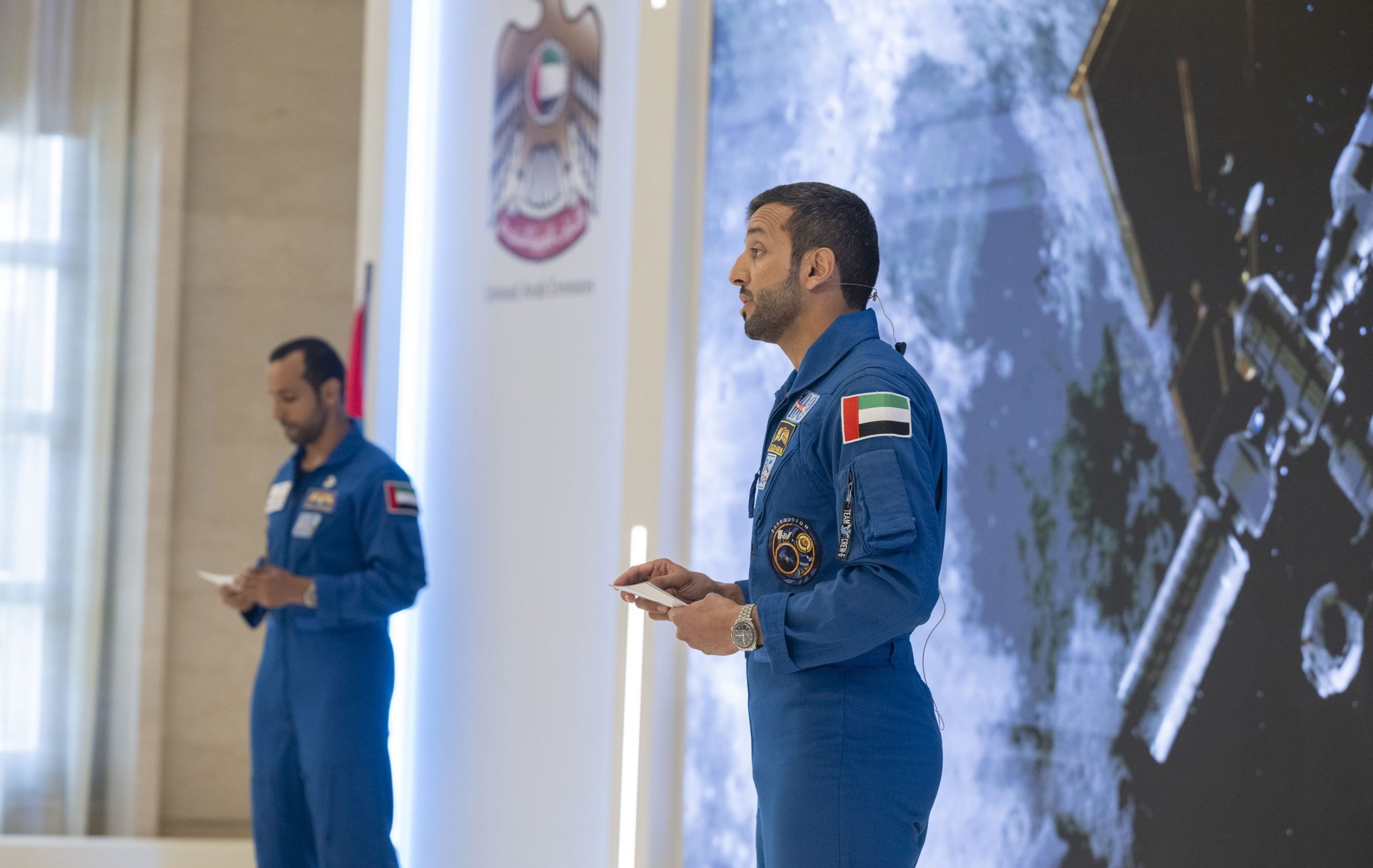
In 2024, the UAE continues its work on several ambitious space projects, with a focus on the radar satellite development project ‘SARB’ and the 13-year exploration project ‘The Belt.’ The latter involves the ‘MBR Explorer 5’ spacecraft travelling over one billion kilometres, surpassing Mars, to explore seven asteroids and land on the last asteroid in 2034.


